
How Switzerland is managing foreign aid at a time of global upheaval
After more than 60 years as a major donor, Switzerland, like other rich nations, is grappling with a shrinking foreign aid budget for the foreseeable future. The war in Ukraine, alongside a rapidly changing global context, has forced a reset in the country’s priorities.
Russia’s invasion of Ukraine, which began in February 2022, has had a considerable impact on Switzerland’s foreign aid budget. Amid concerns over military preparedness across Europe, the Swiss parliament chose to significantly increase spending on defence – but at the expense of aid overseas, among other expenditures.
The result: for the 2025-2028 period, the international cooperation budget, which includes development assistance and humanitarian aid, amounts to CHF11.12 billion ($12.21 billion). That’s CHF151 million less than what the government had requested, and less than what the country spent in 2021-2024.
Switzerland uses the term “international cooperation” to encompass humanitarian aid, development assistance, economic development cooperation, and the promotion of peace and human security.
Included in the 2025-2028 international cooperation budget are CHF9.5 billion for development cooperation and humanitarian aid, of which CHF1.5 billion is earmarked for Ukraine and its neighbouring countries; CHF1.4 billion for economic development assistance; and CHF232 million for promoting peace and human rights.
Sources: Swiss foreign ministry, Keystone-SDA, RTS
Another consequence of the war is that Switzerland is now spending far more on Ukraine than on any other partner country. Between 2022-2024, the government financed aid for Ukraine through supplementary credits from parliament. Now it has decided to allocate CHF1.5 billion, or more than 13% of the 2025-2028 foreign aid purse, to the Eastern European country.
The government says that supporting and reconstructing Ukraine, a “priority country” for development assistance since 1999, is of “strategic importance” to Switzerland. In addition to aid, since the war began the Alpine state has hosted a handful of international conferences on Ukraine, including one in July 2022 focused on recovery that set the tone for similar subsequent gatherings to shore up support for reconstruction.
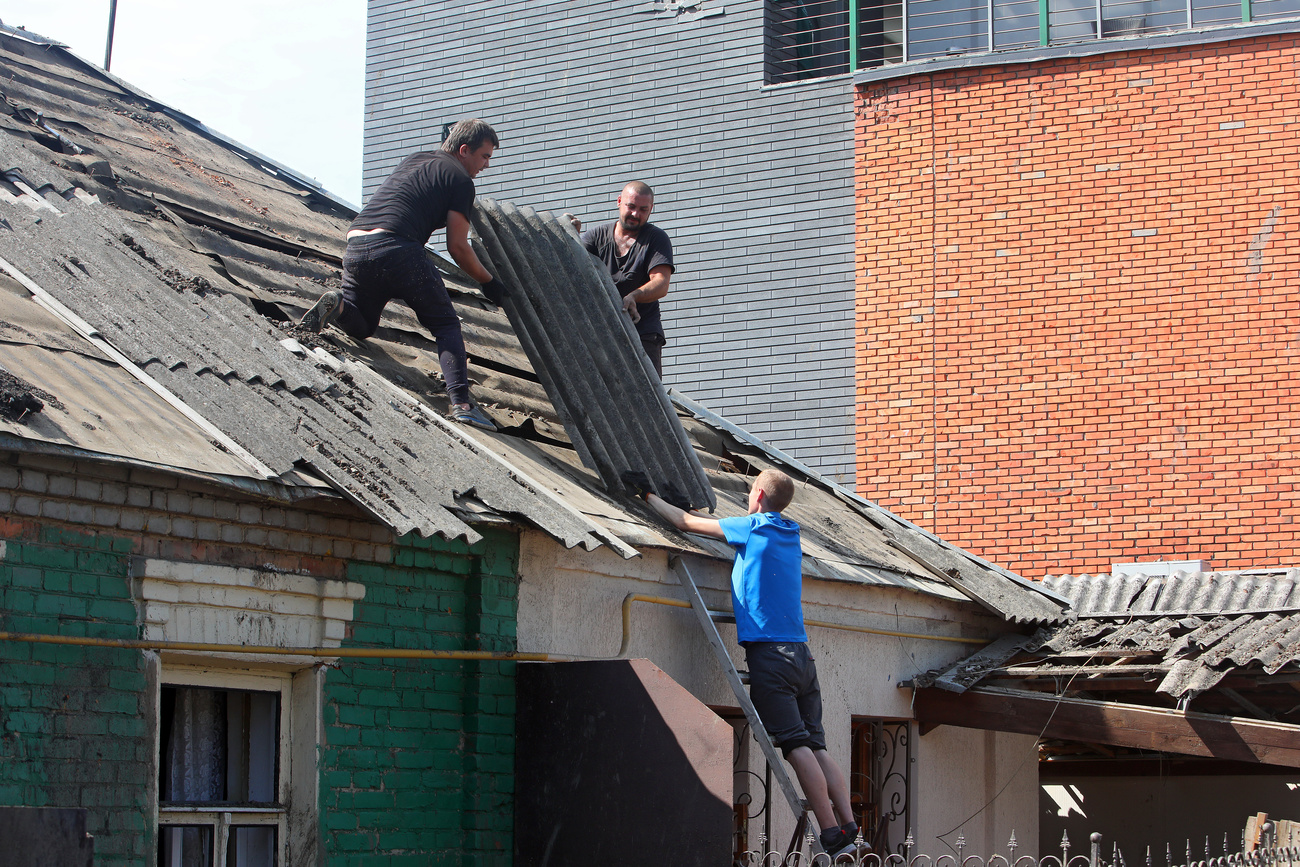
More
Lugano summit seeks deal to rebuild war-torn Ukraine
But aid groups have criticised taking money away from other countries in need as a way to finance Ukraine rebuilding efforts. Some also denounce the fact that a third of these funds will go to the Swiss private sector – part of an ongoing attempt by Switzerland to create more opportunities for businesses to join development-aid partnerships.
“Instead of giving priority to emerging nations and hard-hit populations, as the federal legislation on cooperation actually envisages, they are cutting aid to the poorest in order to fund a hypothetical reconstruction of Ukraine – to benefit Swiss companies,” said Catherine Schümperli Younossian, head of the Geneva cooperation federation, a development umbrella organisation.
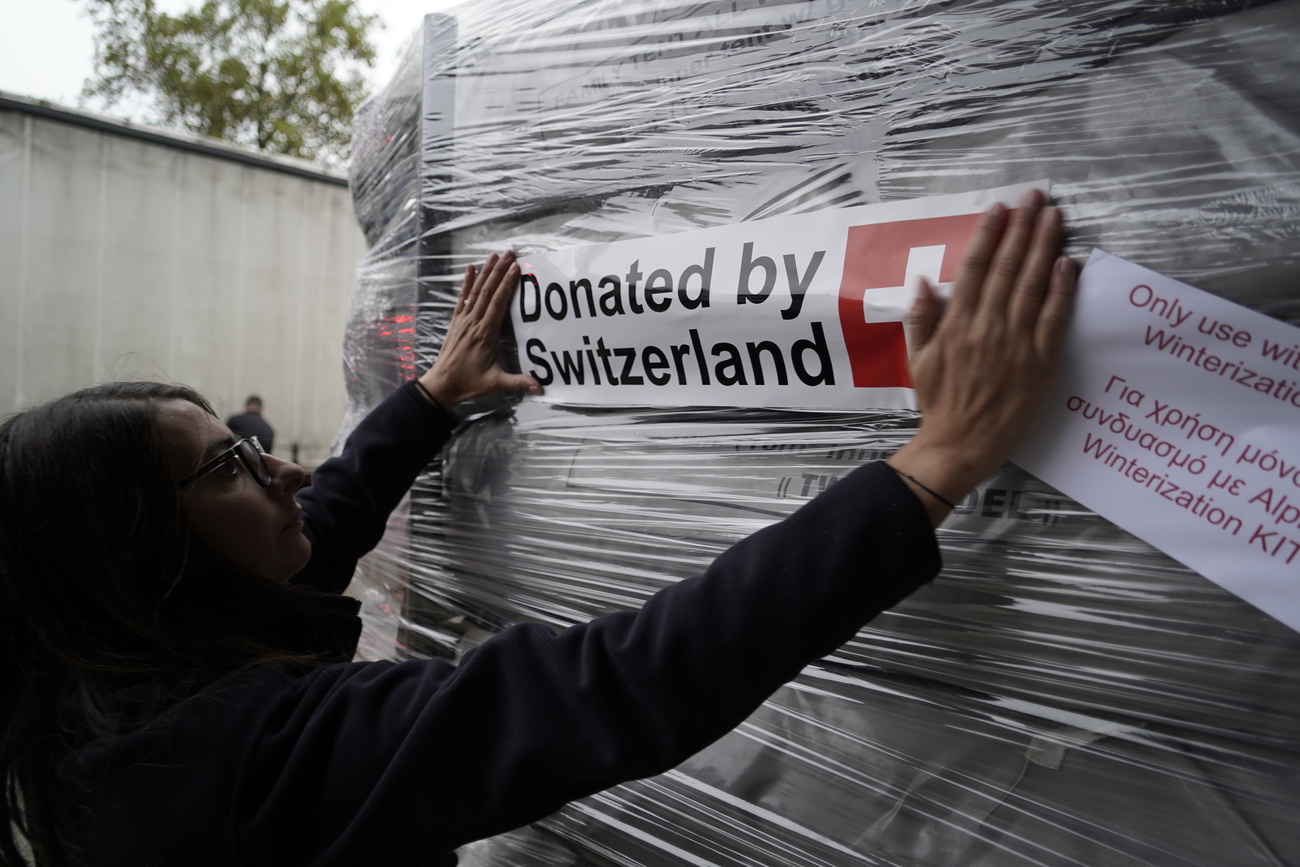
More
Proposed Swiss cuts to international aid mean less for the needy
As cuts loom, Swiss foreign aid spending continues to fall short of the internationally agreed target of 0.7% of GDP, after reaching 0.6% for the first time in 2023. By contrast, defence expenditure is on track to reach 1% of GDP by 2032.
But Switzerland’s case is not exceptional. Only a few countries have met or exceeded the 0.7% foreign aid target. And some of the world’s biggest donors, such as the European Union, Germany and France, are also cutting billions in aid overall as their priorities shift to supporting Ukraine and increasing military spending.
Risk of instability
The shrinking aid purse in Switzerland has raised alarm bells among partner organisations, which warn that reducing assistance in geopolitically important countries, such as in the Balkans, or in conflict zones like Yemen and Sudan, simply risks creating greater regional instability.
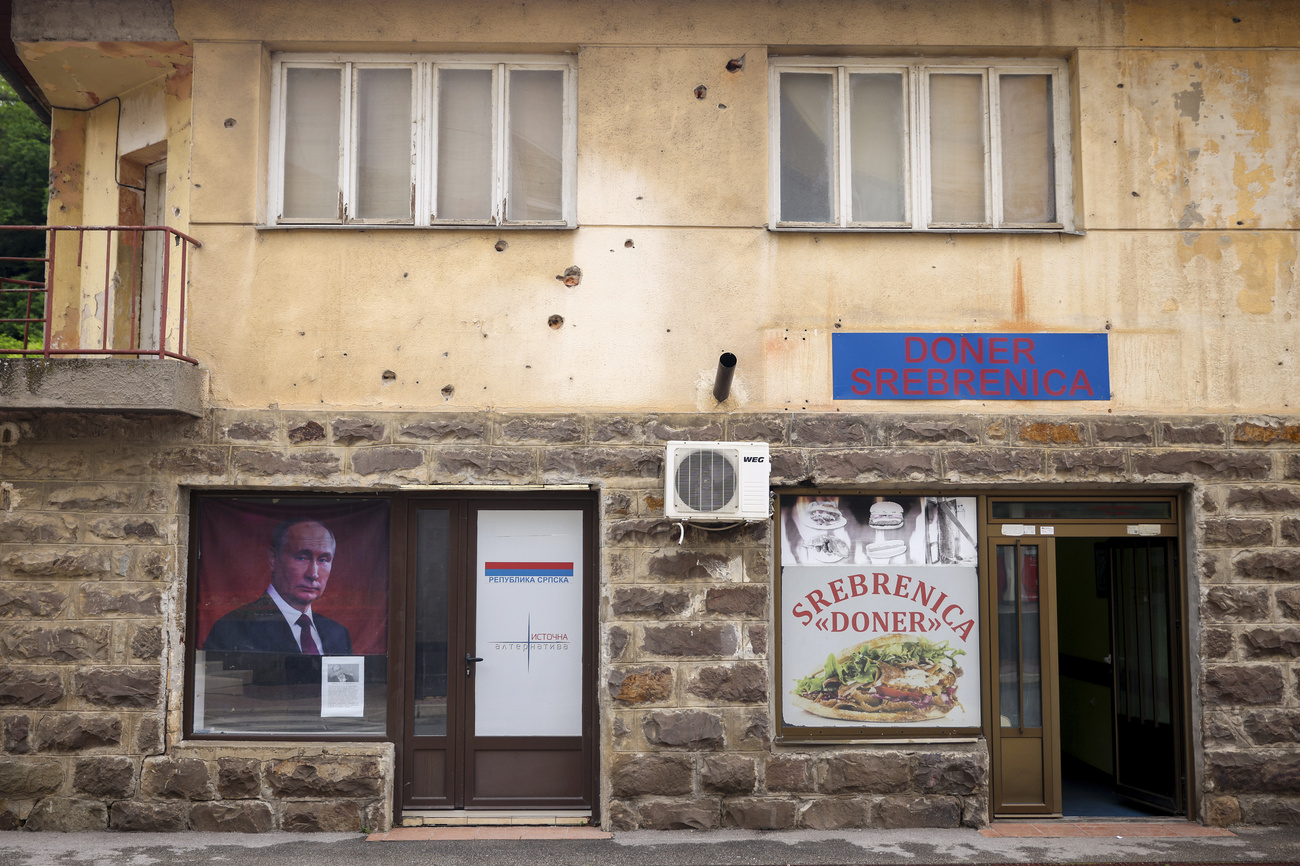
More
Is Switzerland dropping the Balkans? Reduced aid sparks geopolitical concerns
Already a number of crises, such as in the Democratic Republic of Congo or Afghanistan, are considered to be “forgotten”, or chronically underfunded, by major donors.
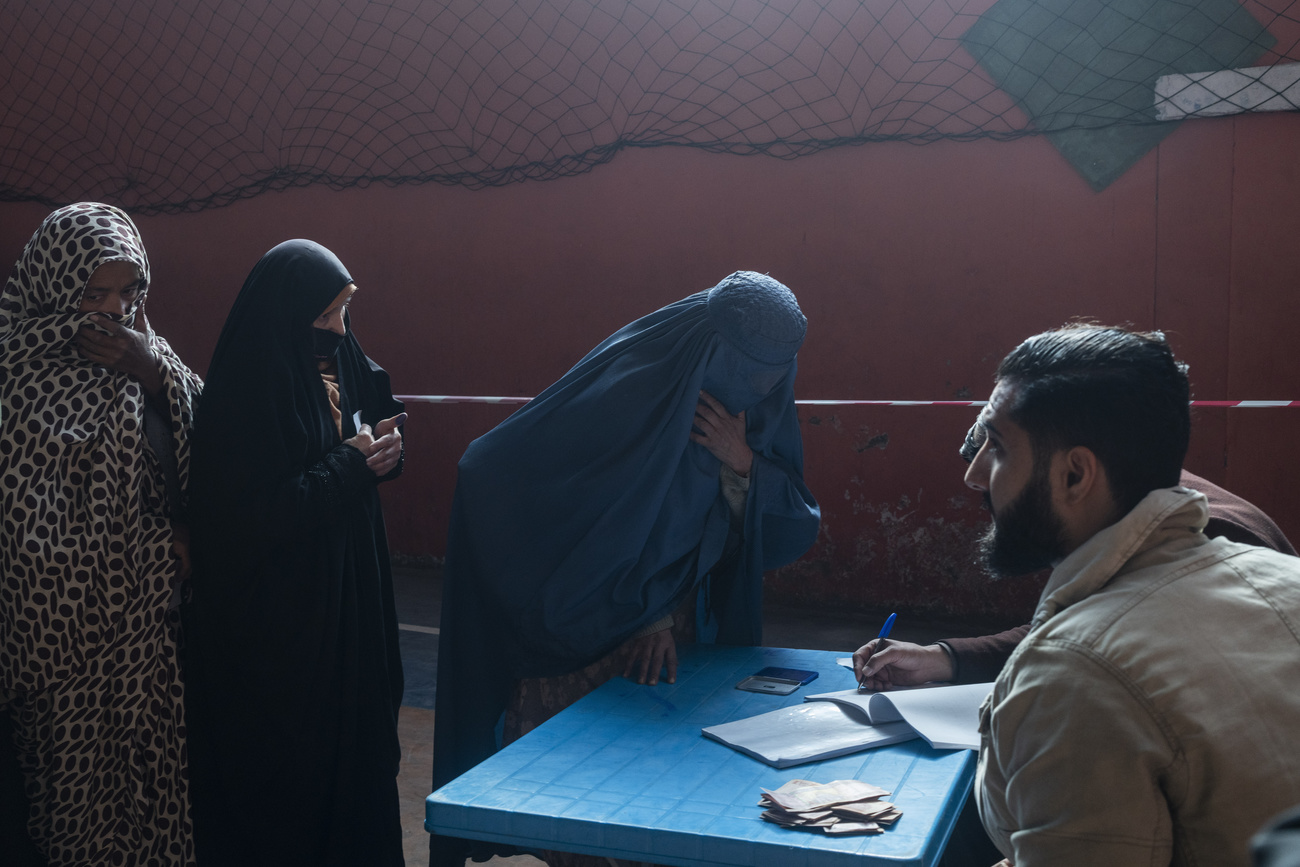
More
How to break the cycle of underfunding for forgotten humanitarian crises
In recent years, Switzerland has reoriented its development strategy so aid can serve its own economic interests and ease migratory pressure.
This means it’s now focused on just four regions: sub-Saharan Africa, Asia, Eastern Europe, and the Middle East and North Africa. In 2024 it officially ended bilateral development aid in Latin America and the Caribbean. Some of the countries affected by this pull-out still face significant development challenges, with political and economic crises threatening to undo six decades of Swiss contributions.

More
As Switzerland leaves Haiti, Swiss NGOs fight to stay on
Yet Switzerland has shown it can make graceful exits from developing countries, especially when its activities have focused on distinctly Swiss expertise, such as promoting participatory democracy in Bhutan or sharing knowledge with Nepal on bridge-building in mountainous areas.
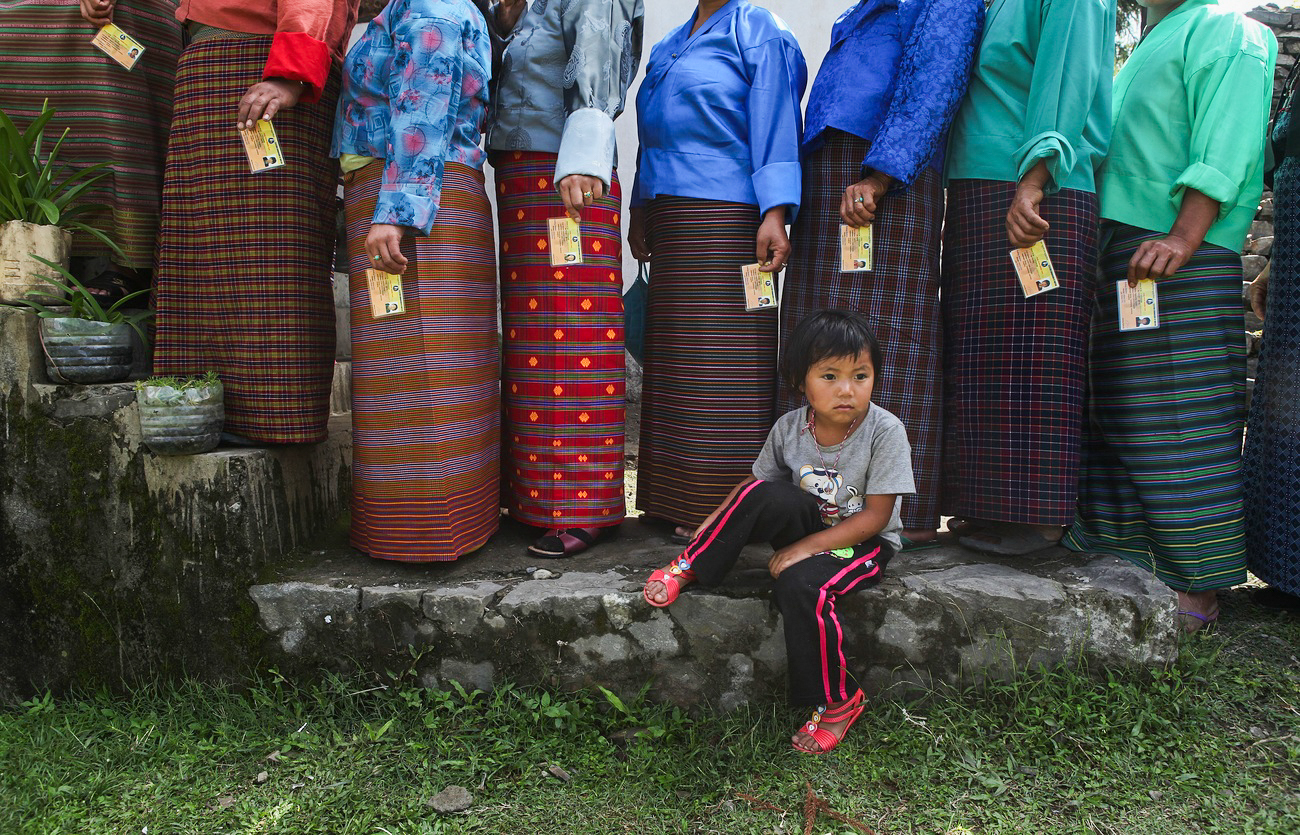
More
From absolutism to democracy in Bhutan: 50 years of Swiss support
Making aid more efficient
In its current strategy, the Swiss Agency for Development and Cooperation (SDC) says it has to remain flexible in what it calls a rapidly changing world “marked by manifold crises”. One of these is climate change, a pressing problem that has provided opportunities for innovation beyond official development aid. A Swiss philanthropist, for example, is exploring combining local and academic knowledge to protect biodiversity in regions such as East Africa.

More
Why a Swiss billionaire is helping elephants in Kenya
Innovation could also provide the answer for how to make aid more efficient in the future. Some experts are looking to new technologies, including blockchain, to achieve this.
Here, Switzerland is playing a leading role. Among other projects, it’s helping to set up a United Nations centre of excellence in Geneva, expected in early 2026, that will explore cutting-edge capabilities for faster, more transparent, and more secure aid delivery – a necessity in times of growing needs and shrinking budgets.
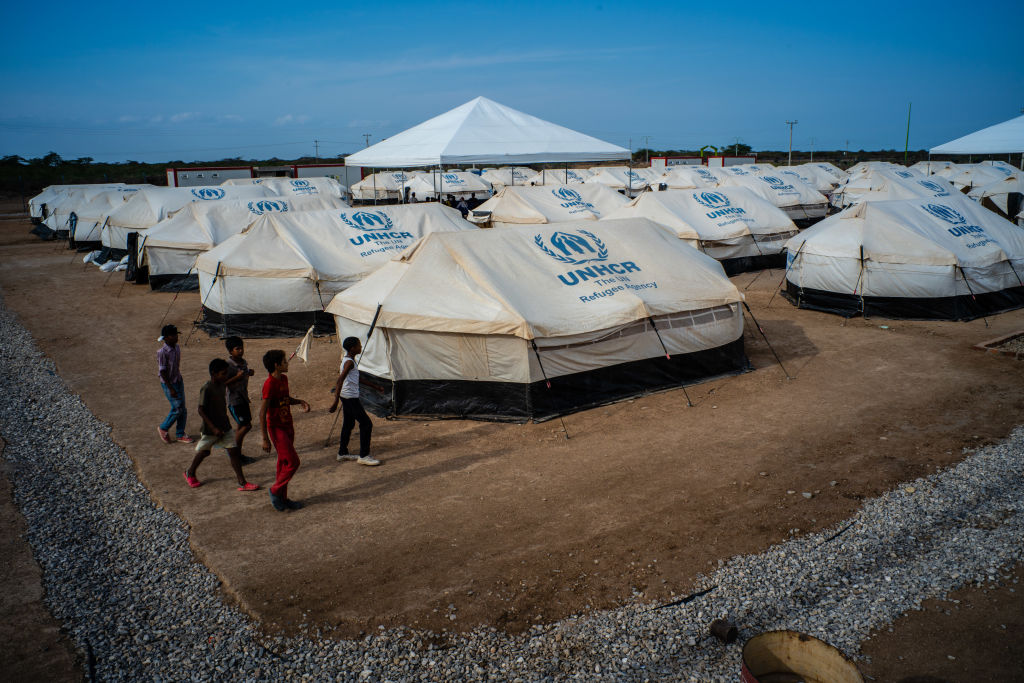
More
How blockchain technology is making humanitarian cash transfers faster and safer
Edited by Virginie Mangin

More
Our weekly newsletter on foreign affairs

In compliance with the JTI standards
More: SWI swissinfo.ch certified by the Journalism Trust Initiative







